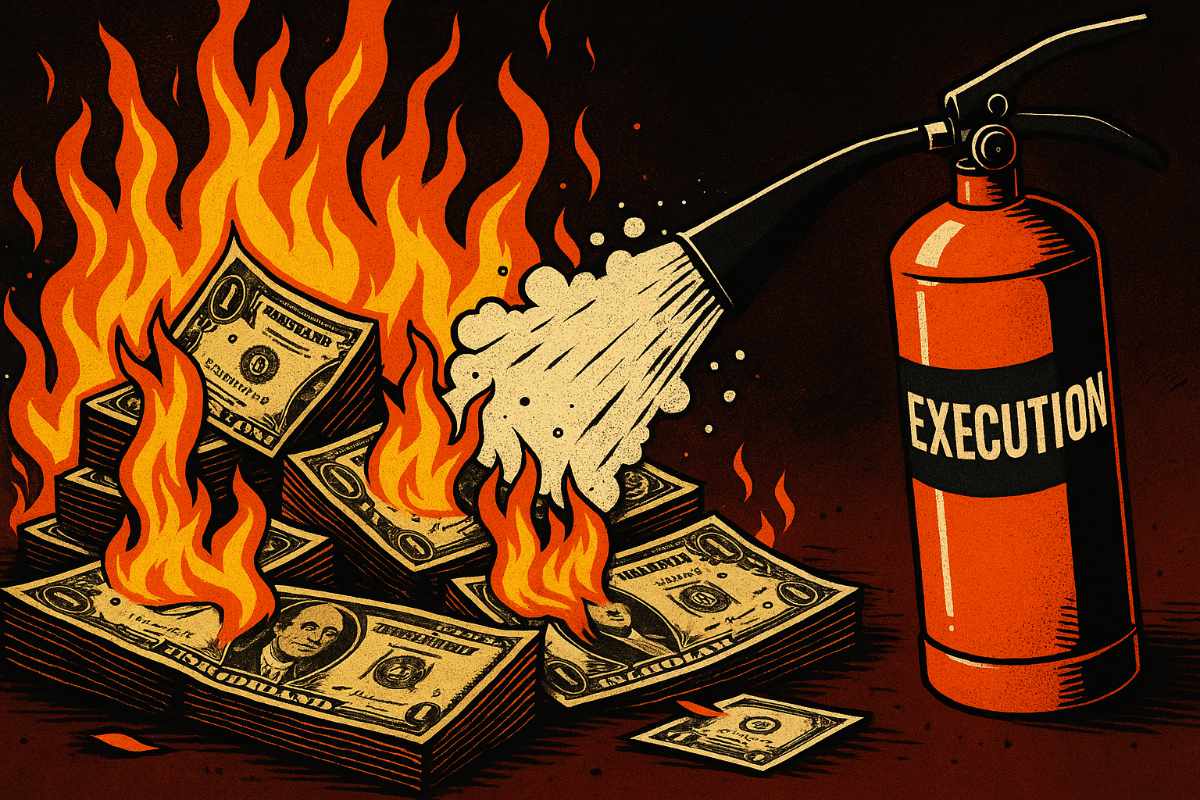Understanding ARR, MRR, and Customer Churn: Key Metrics for Sustained Business Growth

Build, manage, and grow your big
thing with Sketch To Growth™️!
Knowing Yourself: Exploring the World of Psychology
Quisque consectetur convallis ex, quis tincidunt ligula placerat et. Nam quis leo sed tortor blandit commodo. Quisque ultrices, justo non convallis accumsan, ante magna ornare sapien, quis venenatis diam libero nec orci. Aenean semper interdum odio in dictum. Nunc sed augue lorem. Duis nec sollicitudin orci. Vivamus lectus metus, efficitur non arcu id, pulvinar sollicitudin ipsum.
Proin ullamcorper pretium orci. Donec nec scelerisque leo. Nam massa dolor, imperdiet nec consequat a, congue id sem. Maecenas malesuada faucibus finibus. Donec vitae libero porttitor, laoreet sapien a, ultrices leo. Duis dictum vestibulum ante vitae ullamcorper. Phasellus ullamcorper, odio vitae eleifend ultricies, lectus orci congue magna vestibulum ante vitaevitae eleifend ultricies.
In the dynamic world of subscription-based businesses, understanding and tracking key financial metrics is not just a practice but a necessity for growth and sustainability. Among these, Annual Recurring Revenue (ARR), Monthly Recurring Revenue (MRR), and Customer Churn stand as pivotal indicators. These metrics not only reflect the current health of a business but also predict its future trajectory. Let’s dive into each of these vital metrics, exploring their definitions, calculations, and the profound impact they have when interlinked, particularly focusing on the influence of Customer Churn on revenue and overall business health.
Annual Recurring Revenue (ARR):
ARR represents the predictable and recurring revenue that a business expects to receive from its customers annually. It’s a key metric for any company with a subscription-based model, providing a clear picture of the yearly earnings from ongoing contracts. To calculate ARR, simply total all the recurring revenue from customers over a year. For instance, if a SaaS company has 100 customers paying a monthly subscription of $100, its ARR would be 100 x $100 x 12 = $120,000. This number is crucial for long-term planning and investment decisions as it provides a stable financial outlook.Monthly Recurring Revenue (MRR)
MRR breaks down ARR into a monthly context, offering insights into the immediate financial state of the business. It is the total amount of predictable revenue a company expects every month. MRR includes various components: New MRR (revenue from new customers), Expansion MRR (additional revenue from existing customers), and Churned MRR (lost revenue due to customers leaving). For example, a company might start a month with an MRR of $10,000, gain an additional $2,000 in New MRR, $1,000 in Expansion MRR, but lose $500 in Churned MRR, ending the month with an MRR of $12,500. These fluctuations provide vital insights into monthly performance and customer trends.Customer Churn:
Customer Churn measures the rate at which customers stop doing business with an entity. It’s a critical metric as it directly impacts both ARR and MRR. A high churn rate can significantly erode revenue and indicate potential issues in customer satisfaction, product-market fit, or competitive positioning. For example, if a company with an ARR of $1,000,000 loses customers worth $100,000 ARR in a year, its churn rate is 10%. This not only affects immediate revenue but also long-term growth prospects, as acquiring new customers often costs more than retaining existing ones.Interrelation of ARR, MRR, and Customer Churn:
Understanding the relationship between ARR, MRR, and Customer Churn is vital for strategic planning. While ARR and MRR provide a snapshot of current and future financial health, churn rate reveals the underlying customer satisfaction and loyalty. Monitoring these metrics in tandem allows for a more comprehensive view of business performance and aids in making informed decisions.The Impact of Customer Churn on Business Health:
A high churn rate is a red flag, signaling deeper issues within a business, such as product shortcomings or inadequate customer service. It not only diminishes current revenue streams but also increases the pressure to acquire new customers to maintain growth. Implementing strategies to reduce churn, like enhancing customer experience or refining product offerings, is therefore crucial for the longevity and health of a business.The Wrap-Up
ARR, MRR, and Customer Churn are more than just numbers on a spreadsheet; they are the lifeblood of any subscription-based business. Understanding and analyzing these metrics are key to making informed decisions, driving sustainable growth, and maintaining a healthy business.Are you facing negative churn? Contact Us and let’s explore if there’s a way Sketch To Growth can help you.



